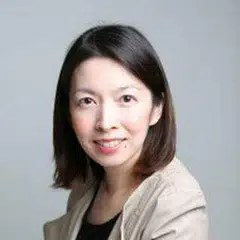A dialogue with Andrew Gn and Ji Wenbo: Fashion is an attitude to life
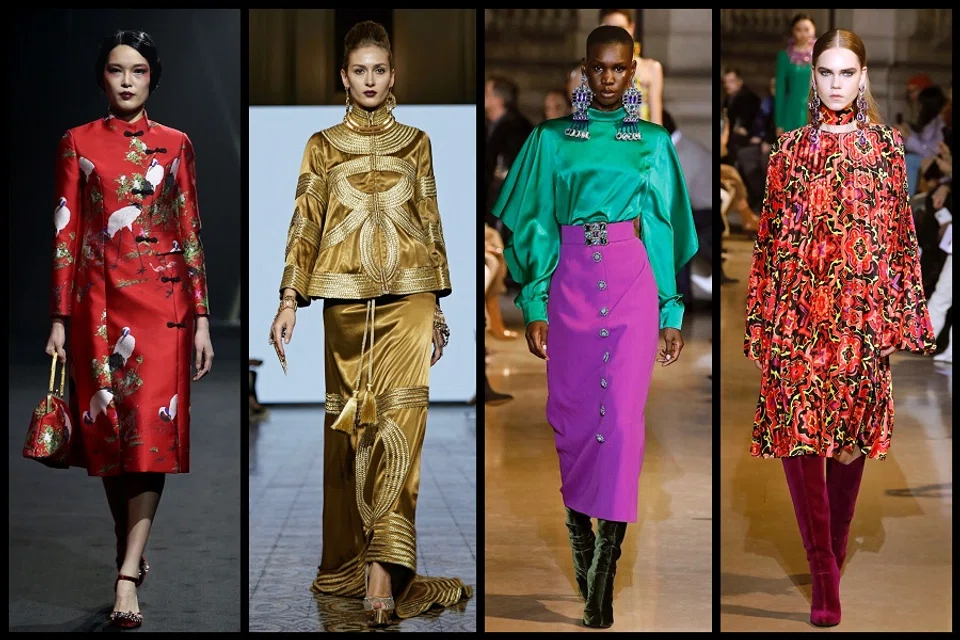
(Photos courtesy of interviewees)
Paris-based Singaporean fashion designer Andrew Gn always knew that he was going to have a career in art. The question was in which field. He followed his passion, zooming in on fashion design. "I decided to attend Central Saint-Martin's in London because I truly loved fashion, which I found more challenging and stimulating," he said. Further studies at Domus Academy in Milan followed, and then the opportunity to work as renowned French designer Emmanuel Ungaro's assistant in Paris in the early 1990s.
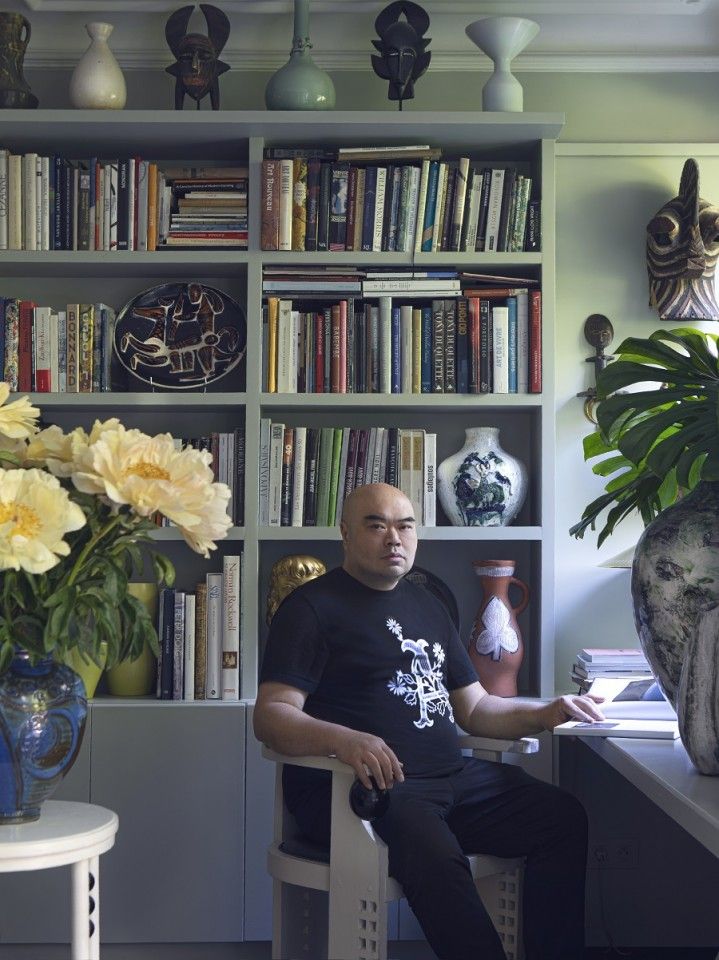
With persistent hard work, he started his eponymous label in 1996 and has not looked back since. His is a fashion style built on creative melding of influences that reflect Singapore's multiculturalism. Gn deftly uses colour and fabric to create exquisite pieces with embroidery and detailed needlework. His sources of inspiration are rich and diverse, ranging from history, architecture, and the arts. Personalities such as Celine Dion, Nicole Kidman, Gong Li, Zhang Ziyi, and Yang Mi are a few admirers of his work. Gn is the only Singaporean fashion designer who is a regular fixture in the Paris Fashion Week lineup.
...fashion is not just something far away on the runway of a fashion show - every piece of work is also a conversation with life.
A native of Jilin province China, Ji Wenbo has been in the fashion business for over 30 years. Ji's fashion design company comprises international brand Jiwenbo, established in 2002, and a trendier new line for the younger generation, JWB, established in 2012. Stars such as Daniel Wu, Lin Chi-ling, and Chen Daoming have sported his collections at various movie premieres and music festivals. As one of China's first-generation fashion designers, Ji has witnessed the development of Chinese fashion design from the ground up. He has always looked to Chinese traditional culture and arts for inspiration and has received various accolades such as the Golden Summit Award (金顶奖) - the highest award for Chinese designers.

Equally adept at designing men's and women's wear, Ji has represented China at various top international fashion events, often playing a trailblazing role. "I was the first Chinese designer to participate in the Milan Fashion Week in 2007, where I unveiled a terracotta-themed menswear collection that showcased history through modern means," he says. "It wasn't just about exhibiting the characteristics of the terracotta army through graphic design but more about exemplifying masculine power through the pieces of clothing."
Gn's and Ji's completely different aesthetics truly reflect the ever-changing and multifaceted global fashion industry, which combines both the social psychology of "judging a book by its cover", as well as the art of capturing a sense of the times and the spirit of craftsmanship. Their fashion consciousness derives from the integration of history, culture, social experiences, and daily life. Through their works, we see that fashion is not just something far away on the runway of a fashion show - every piece of work is also a conversation with life.
Ng Yimin (Ng): Fashion is an endless pursuit of novelty. Fashion designers showcase different designs in each season. What is the constant that remains in an ever-changing fashion world? What is your philosophy and motto?
Andrew Gn (Gn): A collection is a combination of the designer's identity with ever-changing trends and lifestyles. The most important rule is to keep your own voice, which must be heard through each collection. Stay true to yourself and follow your own instinct, as this is what will remain.
Trends come and go. A good design should still be relevant and worn many years after.
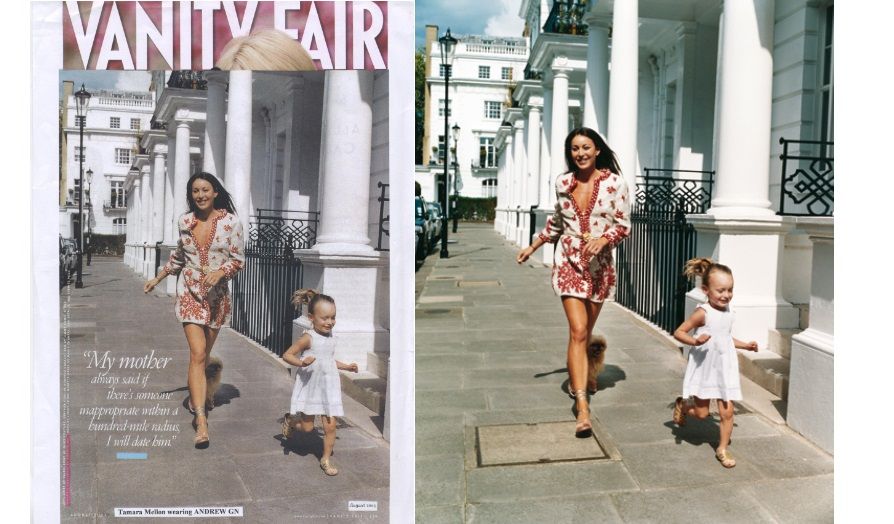
Ji Wenbo (Ji): China's long history and its rich cultural and ethnic heritage have always been my source of inspiration. I believe that the important thing about drawing from the past is in modernising those elements and making them a part of life.
For example, you can walk around the Forbidden City in Beijing, which is filled with history, art, and culture at every corner. Anything from colour hues to architecture can be an inspiration. But it's not about replicating the era - it's about showcasing the cultural heritage of the era through your designs. Take the qipao for example. It may be representative of Chinese fashion history but it is perhaps difficult to integrate it into daily life as it may not be suitable for the modern living environment and lifestyle.

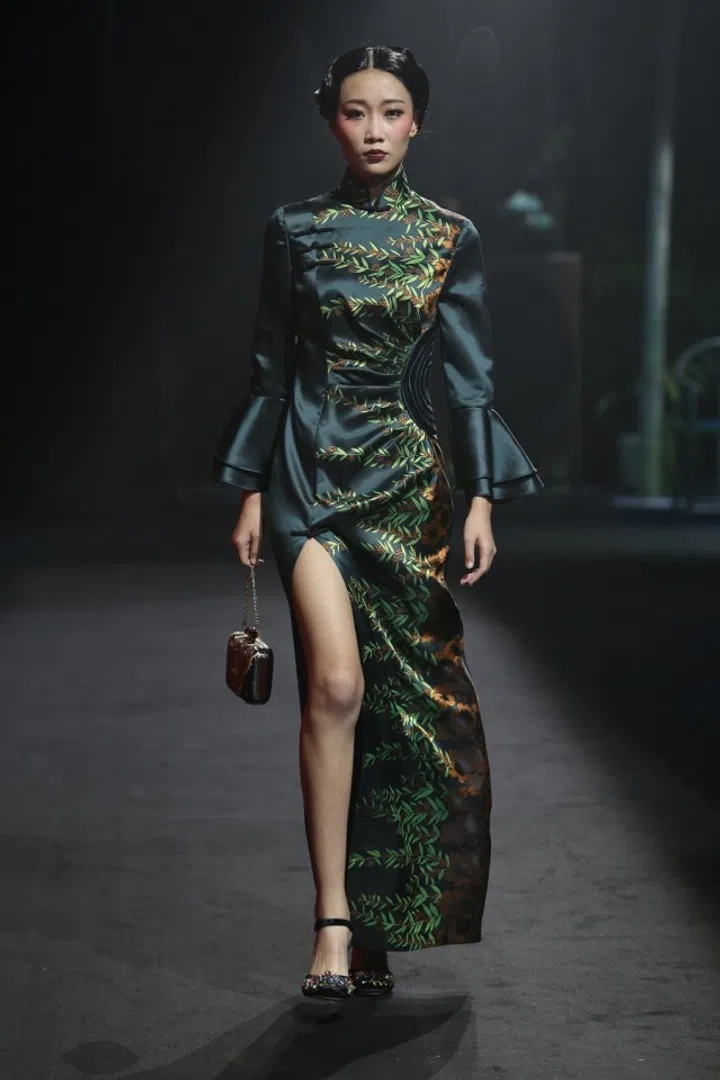
Ng: Your works not only combine beauty and creativity, but also enjoy commercial success. What is your creative process like?
Gn: Because of my Asian roots, I have always been in search of beauty and perfection - that ideal and unreachable beauty which Asian artists have pursued over and over for centuries. In my designs, this has translated into having an obsession with accomplished execution and craftsmanship, and paying great attention to detail. To achieve this, we have an in-house team that designs all the prints, embroideries, trimmings and buttons for our clothing. This makes our products extremely unique and desirable.
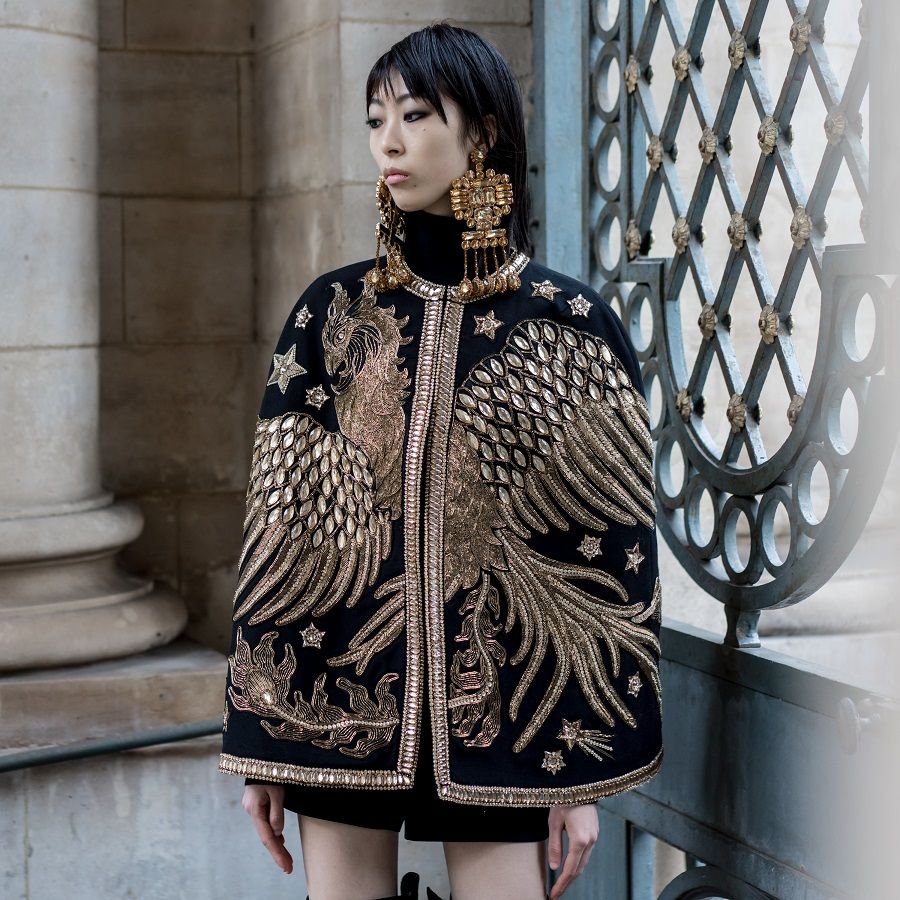
Because of my Asian roots, I have always been in search of beauty and perfection - that ideal and unreachable beauty which Asian artists have pursued over and over for centuries. - Andrew Gn
In my work, I've not been designing with a specific geographical market in mind, but for any woman around the world who loves beauty and refinement. This is how my House has grown a very international clientèle, attracting celebrities and their stylists from the West as well as the East. I don't feel that I was ever perceived as an "Asian" designer, but more as a Singapore-born designer who chose to establish himself in Paris.
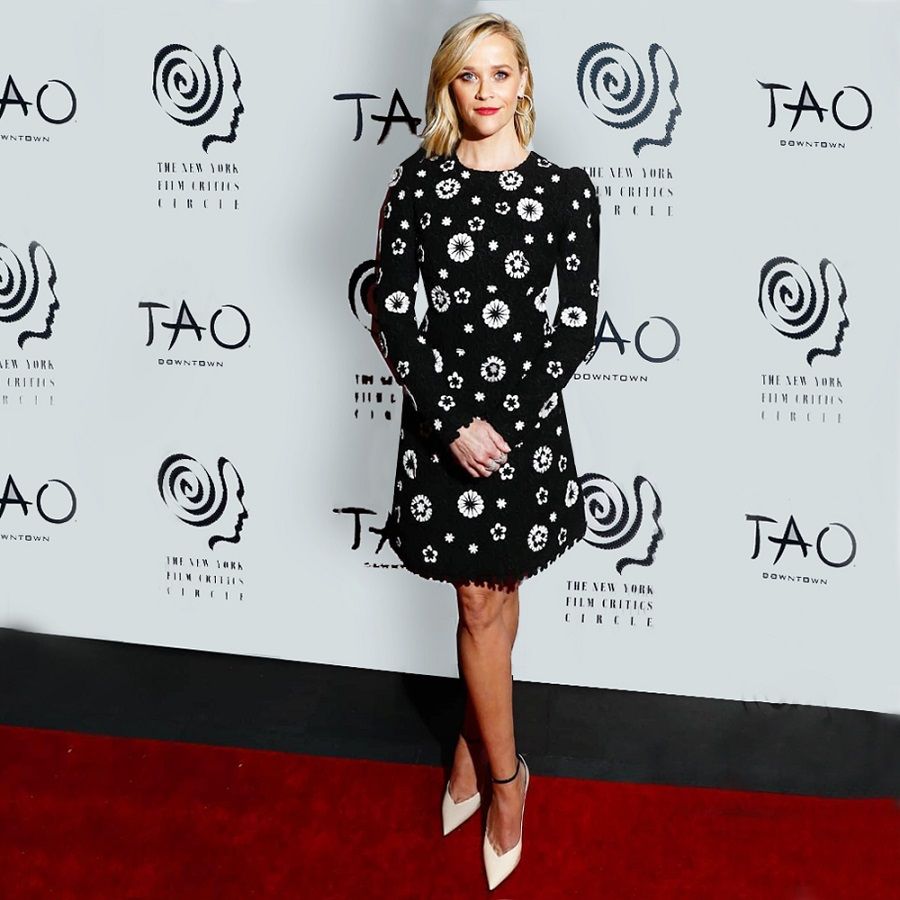

Ji: To me, design is ideas materialised and transformed into practical pieces of clothing that later shape the brand's value. As traditional Chinese cultural elements have always been my source of inspiration, I like to combine ethnic elements with modern minimalist silhouettes to create refined styles that aren't flashy. Designers have to nurture their own philosophy and style, and possess a certain degree of foresight to captivate consumers with an endless stream of creative and high-quality fashion pieces.
A while ago, I participated in an event tailored for females. Based on my observations of the modern woman, they are generally sensitive to fashion, pay attention to the quality of life and are excellent at balancing career and family. The message I got from this is that fashion designers must understand the lifestyles and needs of people so that what they design can be seamlessly connected to daily life. Fashion design is more than a beautiful piece of clothing - its function is to highlight the inner qualities of a person.
Generally speaking, while Chinese fashion still has a long way to go, now is indeed a good time for designers. - Ji Wenbo
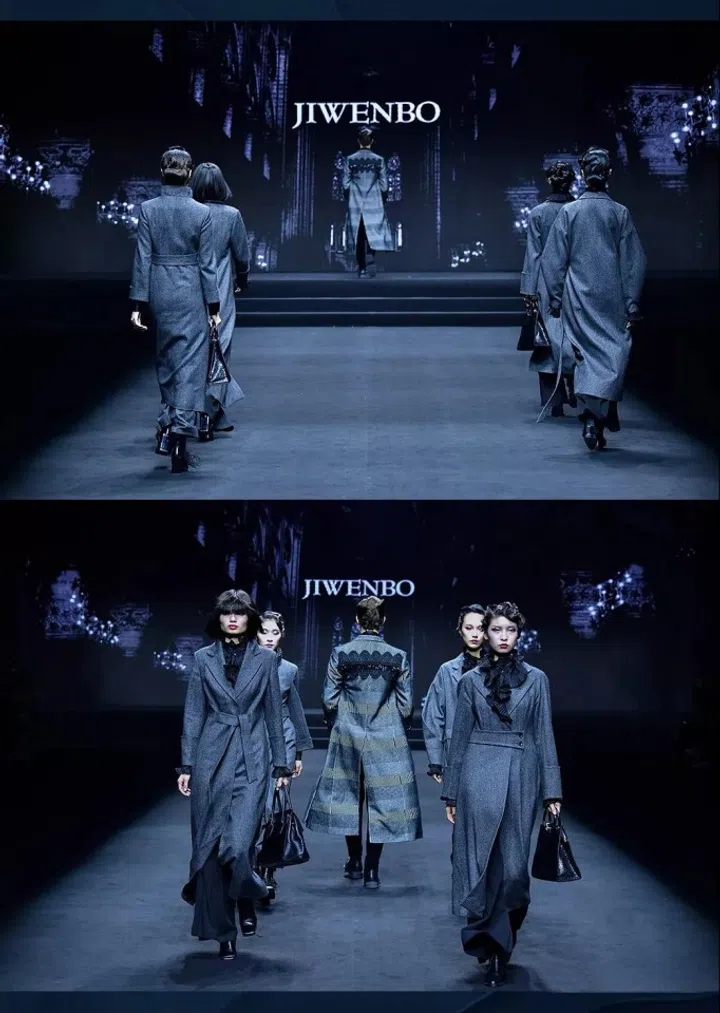
Looking at the big picture, this is the moment for Asian fashion to shine. China's growth brings a certain confidence to its people. This confidence is clearly illustrated in its fashion design which has reached the heights of the international stage and gained widespread recognition. Generally speaking, while Chinese fashion still has a long way to go, now is indeed a good time for designers.
Ng: Asia's influence on the international fashion world has been increasing in the last few years. Both of you with your decades of experience are well-positioned to observe the change. In your view, what are some touches of Asian flair that have developed in the past few years and do you see this Asian wave developing further?
Gn: When I first started, there were only a handful of Asian fashion designers with an international standing such as Anna Sui and Vivienne Tam in the US, or Yohji Yamamoto, Issey Miyake, and Comme des Garçons in Japan.
Over the years, fashion schools have blossomed in Asian countries, encouraging the emergence of local talents. The strength of Asian economies has generated a desire for consumers to relate to their own cultures rather than exclusively to Western values. There are definitely more and more Asian designers coming up, and I think this will continue, because of the phenomenal size and strength of Asian markets with their own customer aspirations and creative process.
Mixing is the crux of modernity. - Andrew Gn
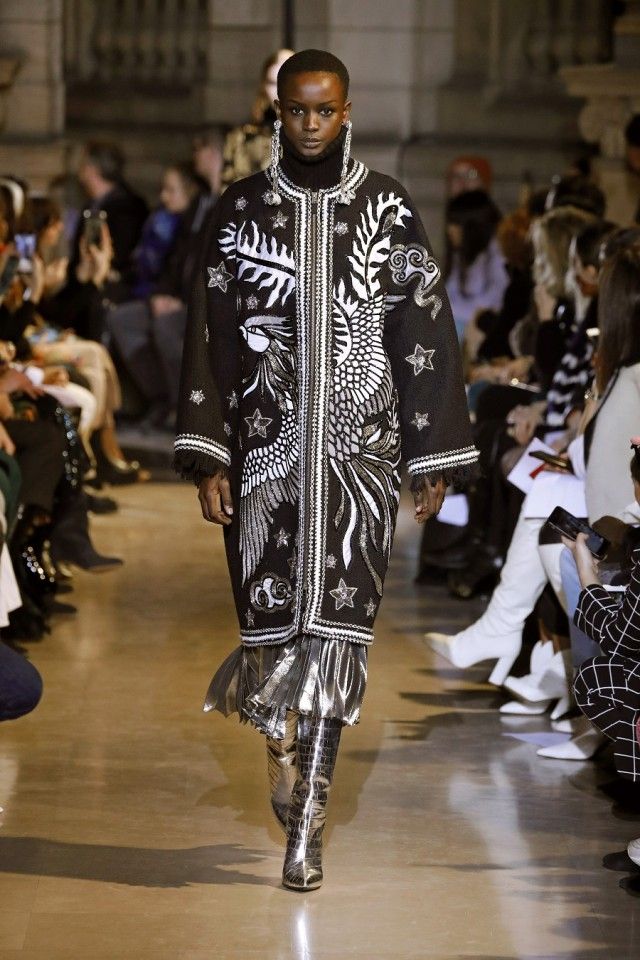
As for my own design style, growing up in Singapore I was brought up in a multicultural environment, which has indeed deeply influenced the way I think and design today. I'm a maximalist and am never happy with only one theme in my collection. Very often I will mix multi-diversified Eastern and Western inspirations and make them my own. Mixing is the crux of modernity.
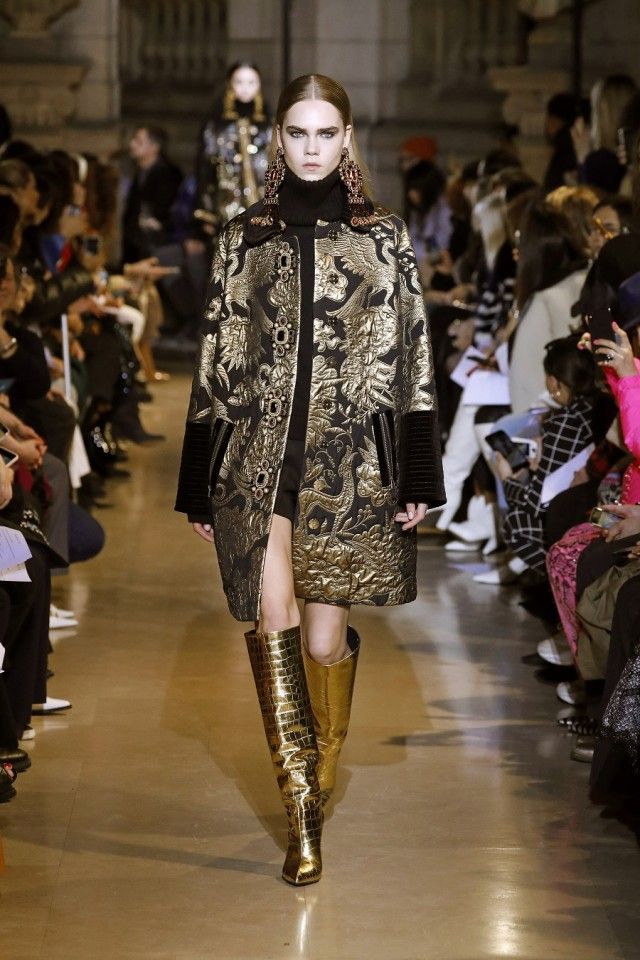
In one day we can have croissants for breakfast, Vietnamese pho for lunch and pasta for dinner. This is the way we live now. Women today do not dress in one style only.
Ji: Internationally, when one thinks of Asian design, one may think of distinctive Chinese motifs like the dragon and the phoenix. But Asia consists of many different countries including Singapore and Japan, which have their own unique cultural heritage. Designers have room to draw inspiration from this and integrate modern elements into their designs to create unique products and showcase them on the international stage.
I have always believed that Asia should develop its own fashion week and events of the same scale and influence as those in New York, London and Paris. Perhaps it can establish an alliance in which different cities take turns to host fashion week. For example, it could be held in Tokyo this year, followed by Seoul, then China and so on.
In the past, the Asia Fashion Federation that was founded in 2003 used to host such events. Consisting of various fashion organisations in Asian countries such as China, South Korea, Japan, Singapore, and Thailand, the federation would take turns to host fashion conferences and activities in different parts of Asia. Everyone should work together to take Asian fashion design forward.
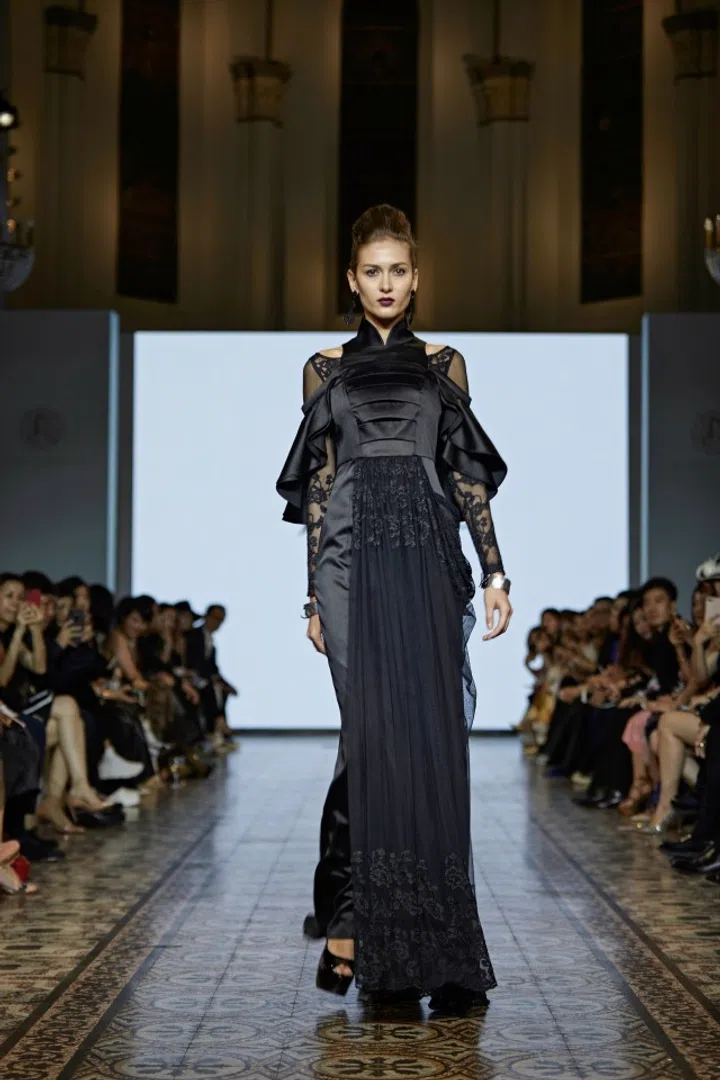
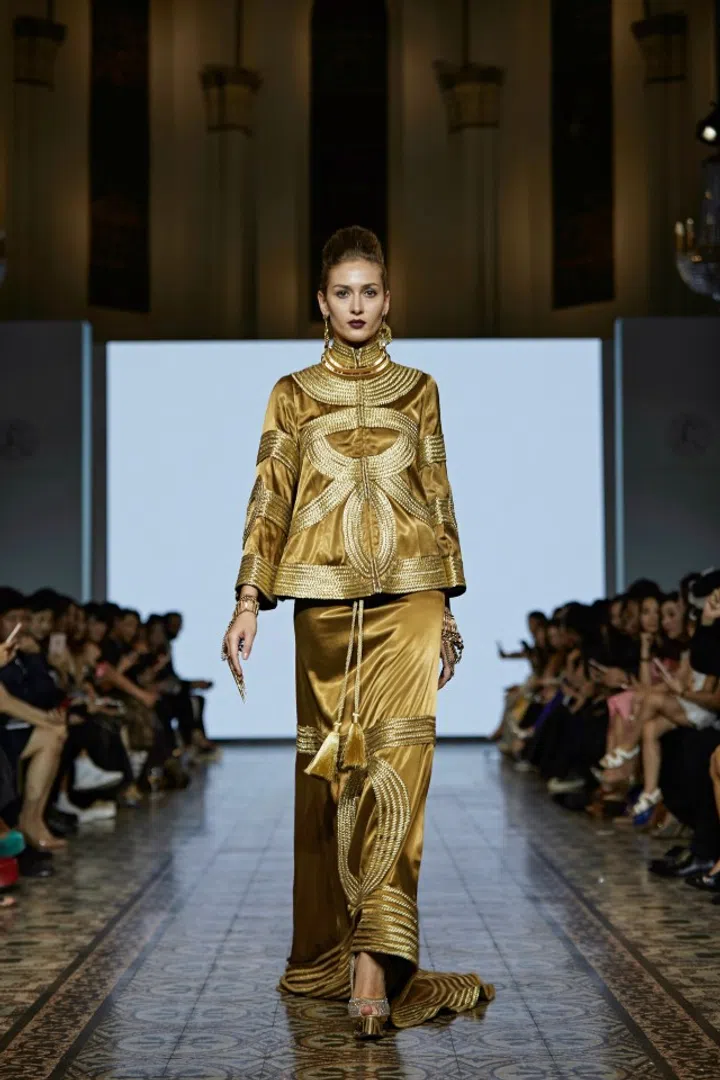
In 2017, I participated in the first edition of the LOTI International Fashion Festival in Singapore, jointly organised by Digital Fashion Week and LOTI Fashion Group. That was a platform for fashion exchanges between China and Singapore.
The screen appeal of a garment is something essential these days. - Andrew Gn
Ng: With the advancement of technology and the Internet, people can now watch fashion shows online, and consume fashion content on the go. Mass and luxury brands alike are running physical and online stores at the same time while e-commerce has changed the way we shop while livestreaming is becoming the latest consumer trend. What are your views on the digital transformation of the fashion industry?
Gn: Recently, an e-commerce mogul told me that a woman has about six seconds to look at your products on the screen and decide if she will go into your page and shop. The screen appeal of a garment is something essential these days.
As far as I am concerned, it does not really change the way I design, because I always want to make sure it looks good on the screen, as well as on the rack in the store, and most importantly, on the person who wears it. We put a lot of effort into designing and perfecting the details. Our in-house team designs all the prints, textile weaving, embroideries, buttons, trimmings, and sometimes even the lining. This creates an extremely exclusive product that is desirable at first sight.
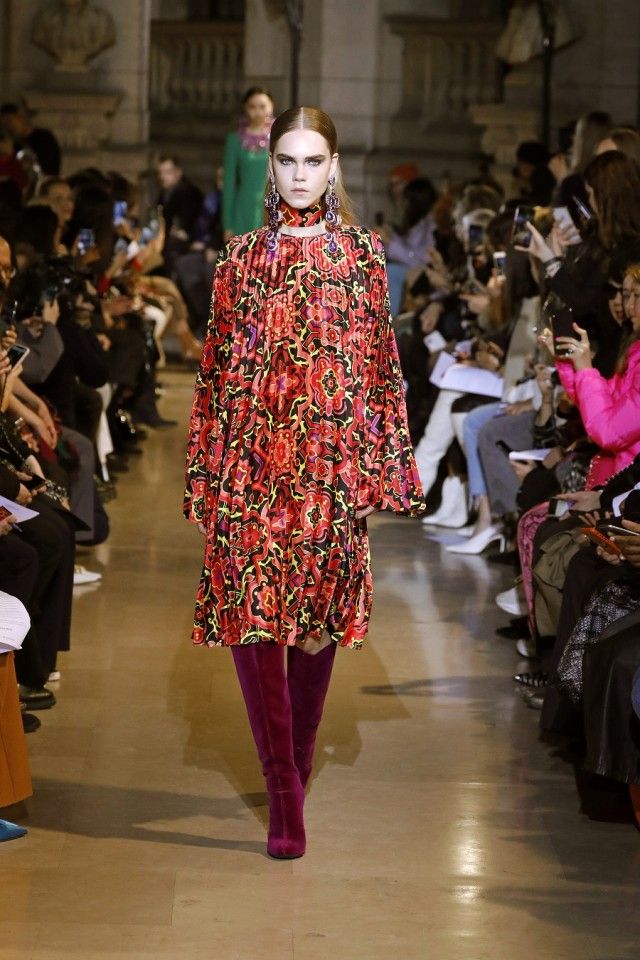
The challenge for us has been to constantly reinvent ourselves and adapt to market changes, the last one being the switch from traditional store retail (such as Bergdorf Goodman in New York and Harrods in London) to new major e-retail players such as Net-à-Porter, MatchesFashion and Moda Operandi. We have managed to keep all these major actors our retail partners.

The way fashion is distributed is obviously changing very quickly with all kinds of marketing experiments. But the bottom line is that it's about the product itself. A vast number of women are still uncomfortable with shopping online as they want to feel and touch the clothes. They enjoy the unique experience of walking into amazing stores such as Bergdorf Goodman or Harrods. These places are real. They give an excitement, a sense of anticipation and discovery that cannot be felt in the same way on websites yet.
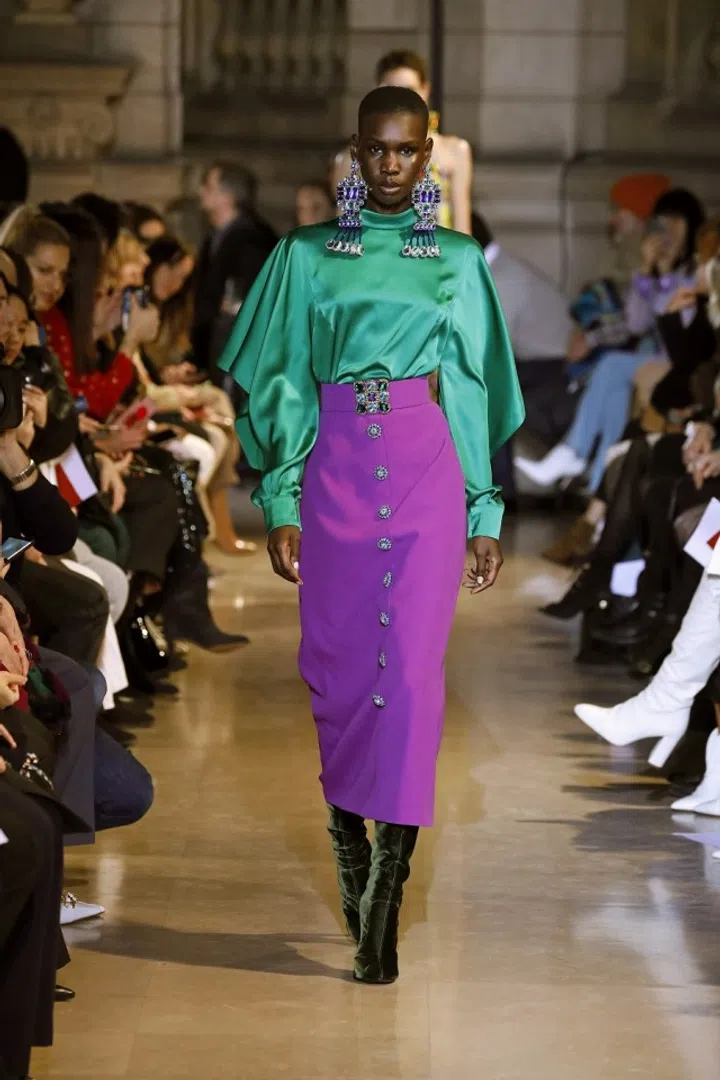
Online or offline, that's a change in consumption pattern. It does not affect the designer's design direction. - Ji Wenbo
Ji: Online or offline, that's a change in consumption pattern. It does not affect the designer's design direction. Our original role as designers is to guide - that doesn't change because of a change in form. Of course, some brands do consider different modes of operations for the sake of profit.
E-commerce platforms provide diverse shopping experiences and convenience. They exercise price transparency and also offer more user-friendly services. It is also a way to open up fresh new markets, which always gets the big brands excited. Thus, the digital transformation of the fashion industry is a natural phenomenon that portrays the evolution of social needs.
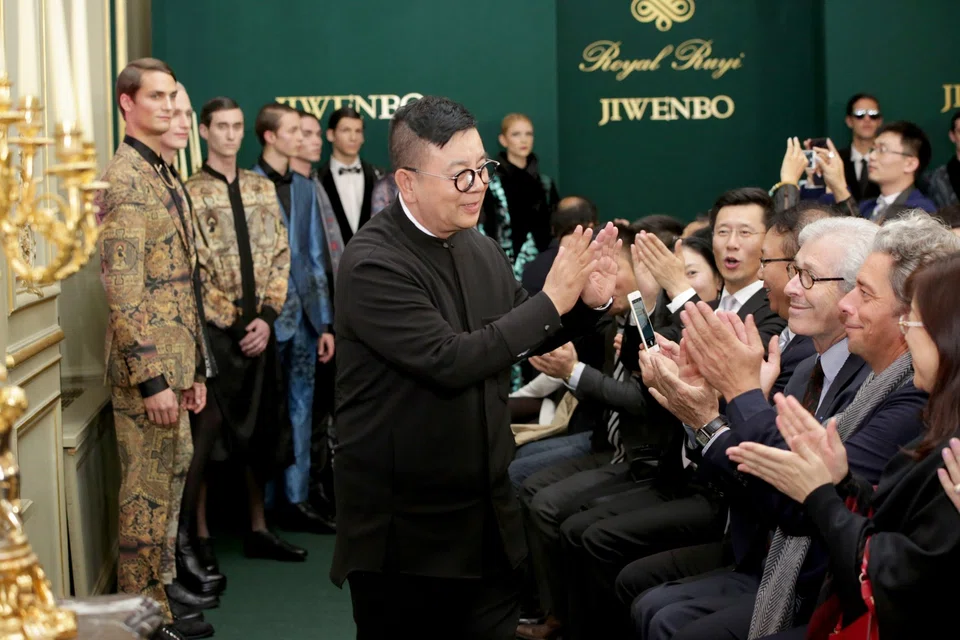
Ng: For a long time, people used to pore over fashion magazines or look up to celebrities for the latest trends and inspiration. Younger consumers, or perhaps even designers, gain fashion knowledge from a variety of sources these days. How do you think one should cultivate his or her taste in and knowledge of fashion?
Gn: Things haven't changed that much, except that most magazines are now digital, and celebrities have their own social media. The sources may change but the aspirations of people remain the same.
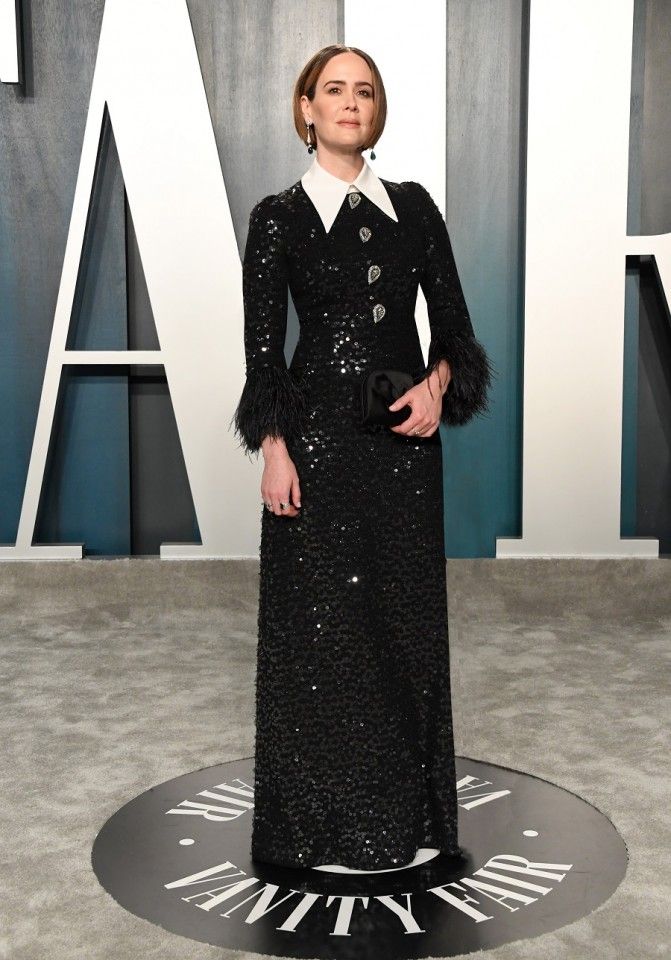
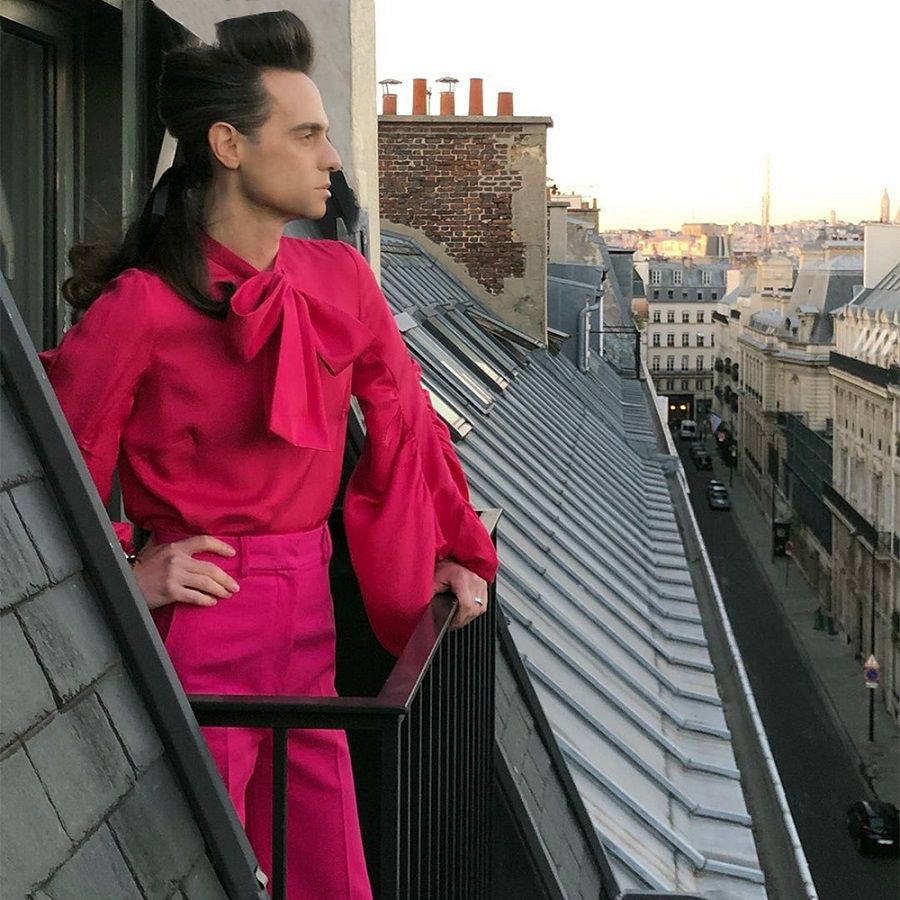
Ji: Making fashion more celebrity-like, and celebrities more fashionable - the two are inseparable. Of course, celebrities and famous personalities are sometimes styled by designers like us, but most people learn about fashion trends through entertainment channels like fashion programmes. This is a good thing as it opens up more possibilities. Regardless of how one comes into contact with fashion, one's taste depends on his or her understanding and interpretation of fashion.
It is more important to create a conducive environment for fashion to thrive, and this is where the media can play a bigger role, by writing more articles about fashion. Be it in the clothes we wear, food we eat, house we live in, or vehicles we travel in, fashion is there; it is in our lives. It is not just about prettying ourselves. As a country and society develops, its infrastructure-building should be in tandem with its cultural development. Cultivating a good taste in fashion is part of the latter process.
...the concept of "fashion" should be created from the larger environment so that fashion can enter our daily lives and become an attitude [to life]. - Ji Wenbo
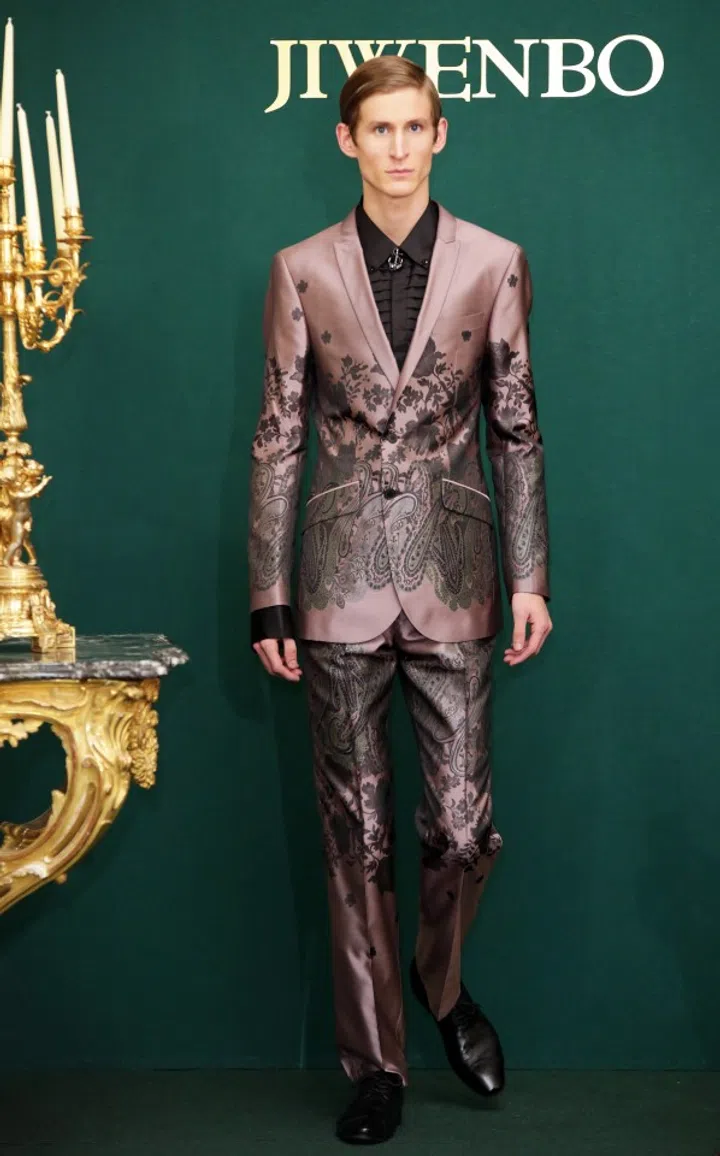
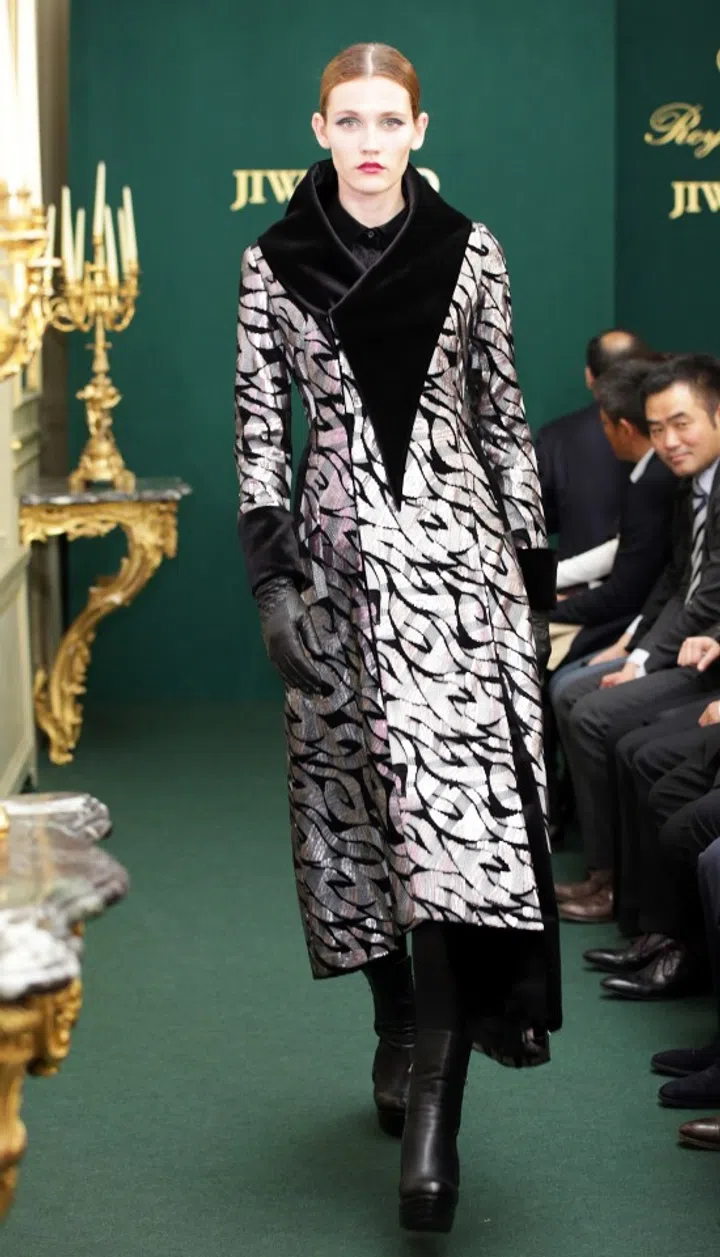
The development of fashion can start from the individual level. From there, the industry can be galvanised to move forward and even reflect developments in the country or give a sense of its cultural heights. Thus, the concept of "fashion" should be created from the larger environment so that fashion can enter our daily lives and become an attitude [to life].
Ng: The Covid-19 pandemic has greatly impacted many industries. What kind of challenges does it pose to the fashion industry? What kind of changes do you predict? As more people work from home, how would their fashion needs change? Would you embark on the path of "fast fashion" (making trendy apparel available to customers quickly and in an affordable way) and make quantity king?
Gn: When I started, fast fashion had not become the mass phenomenon it is now. With their strategies of continuously offering new styles in order to attract customers more frequently into their stores, these new actors have commanded a change of pace in the industry, with more collections, a much higher turnover of designs, and probably some market saturation and customer fatigue.
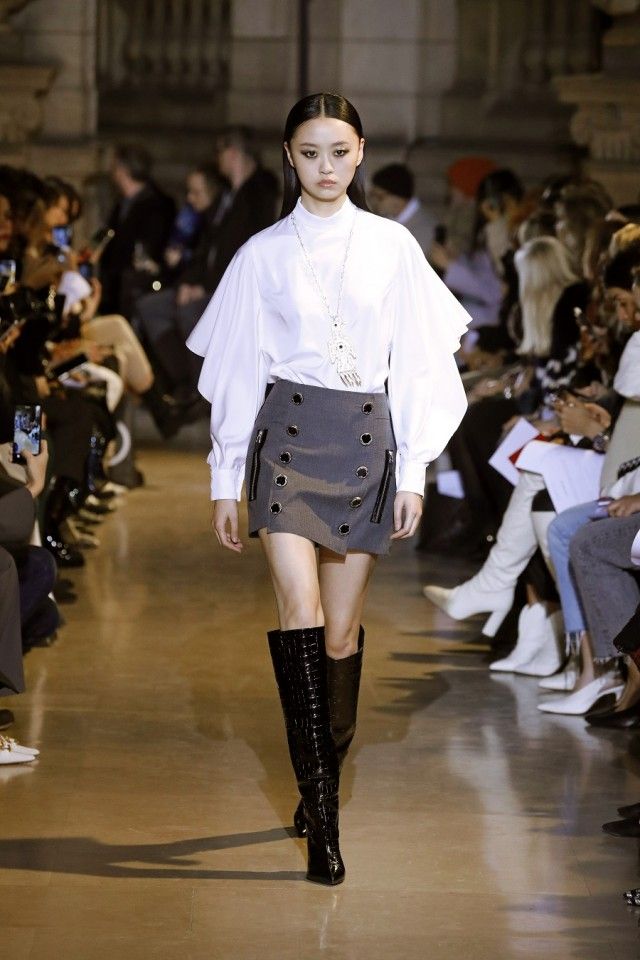
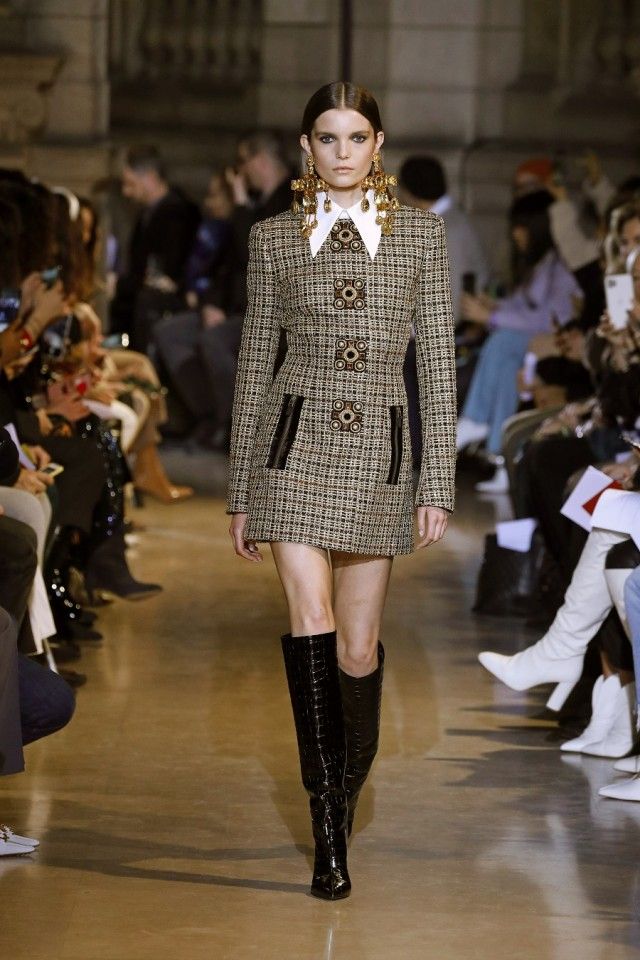
A brand like ours is the absolute opposite to fast fashion. Hopefully, there will be less wastage of resources. Sustainability should mean fair practice at every level and mean a respect of resources, people, and processes.
Ji: The Covid-19 pandemic has indeed dealt a great blow to various industries. Its actual economic impact on the fashion industry is especially huge. Based on the consideration for changes in demand, some fashion brands have put down all their work and turned to produce fashionable masks. But masks are protective medical equipment. It is not a fashion item. So such "fashion transformations" are not for the long-term.

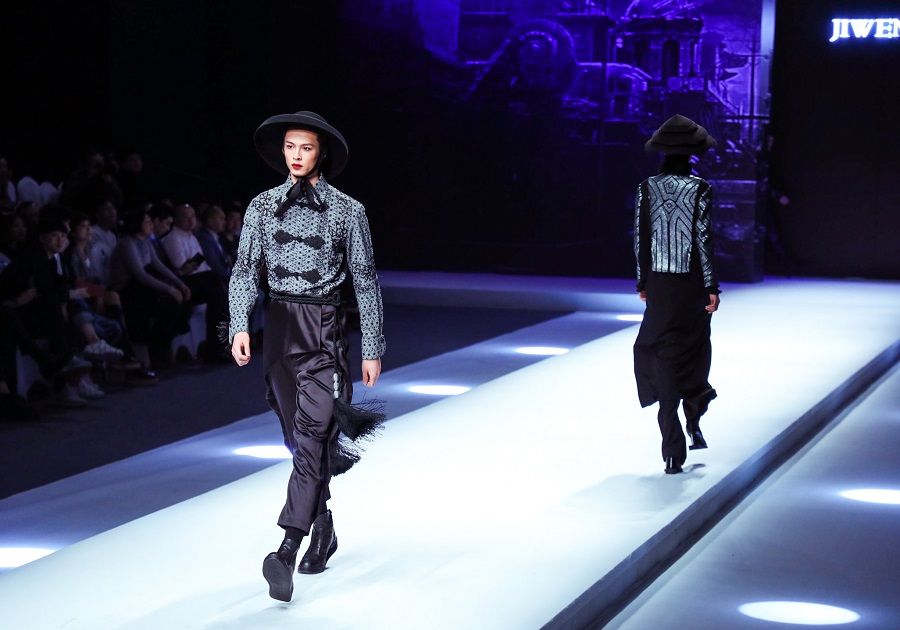
While the current point in time can be said to be a time for a reshuffling of the decks, it is also an opportunity for the fashion industry to ponder and reflect on its inadequacies and how it can improve its products, pay attention to the quality of its service, and open up market channels to boost consumption. Most importantly, it must work on strengthening the enterprises' risk capacity.
Ng: "Sustainability" and "eco-friendliness" are just a few current buzzwords of various industries. How do you think the fashion industry can or should take these themes into account?
Gn: In time to come, I believe that more and more women will look for something that cannot be found all over the place. I work to create beautiful things that people don't wear once and throw away. They pass them down. I call them "heritage pieces".
My motto is: Produce less but only the best. This is my answer to greater sustainability.
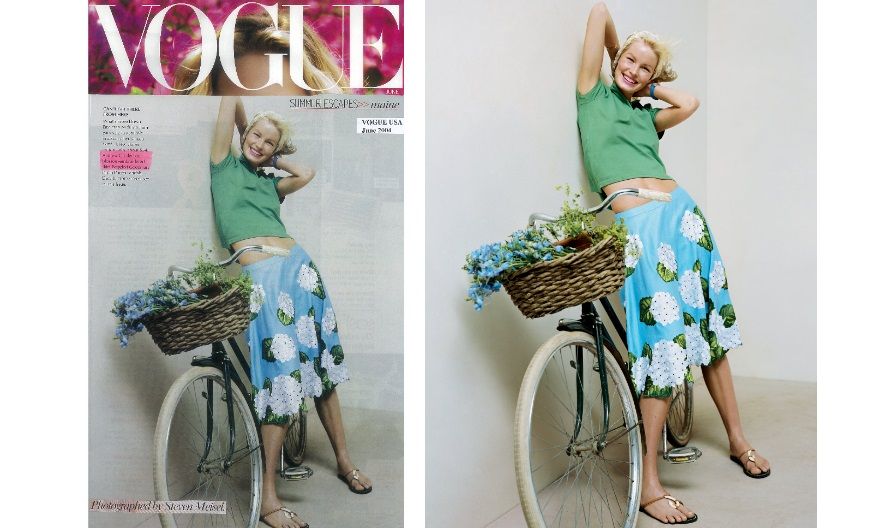
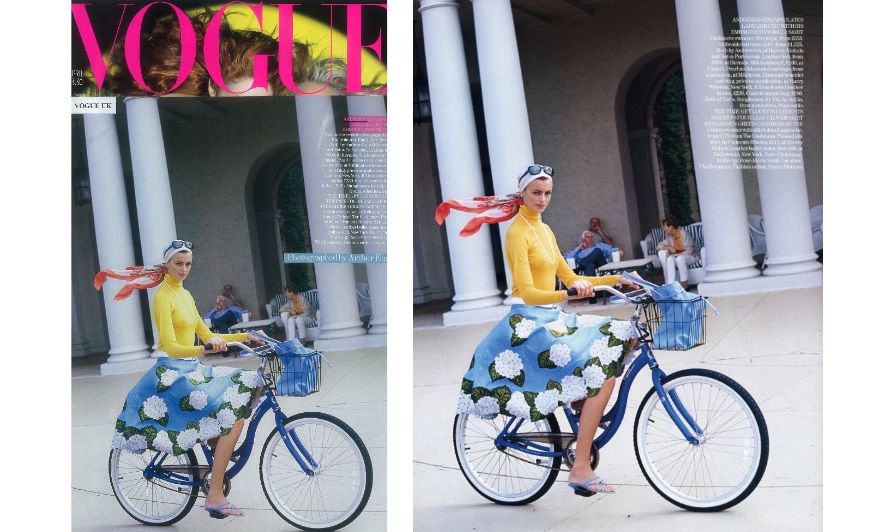
Ji: Environmental protection issues relate to human health and it is something all industries should consider. We have started to research eco-friendly materials while incorporating eco-friendly functionalities into our designs. We also advocate the reduction of carbon emissions. We can continue to love Mother Earth even as fashion stands at the forefront of change.

